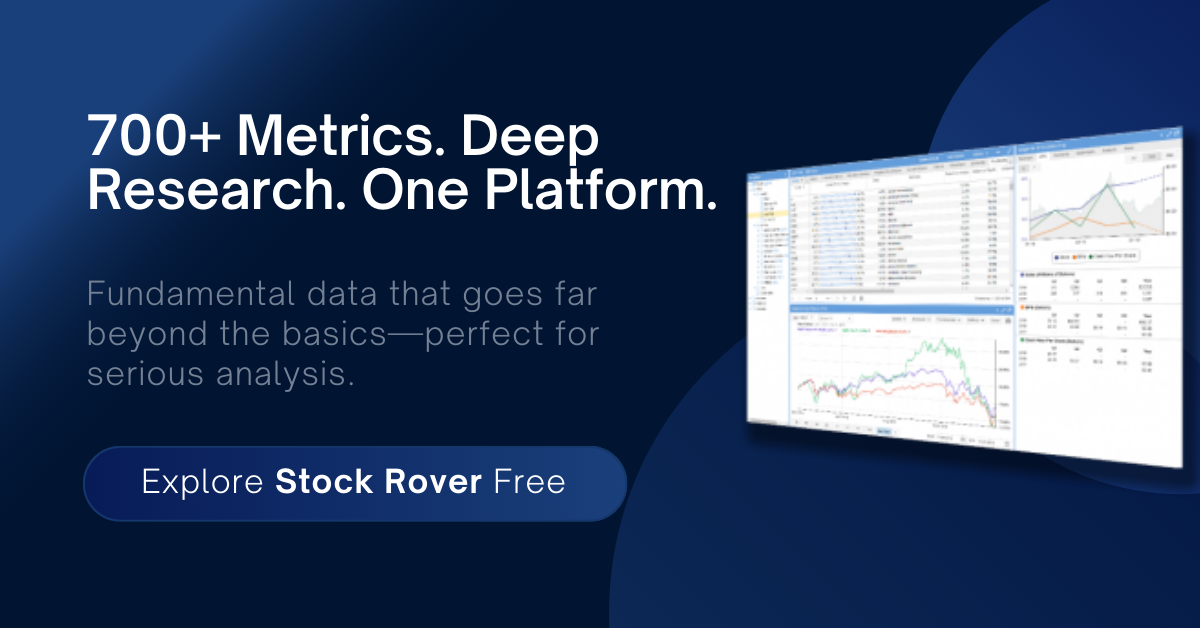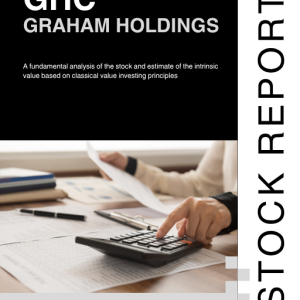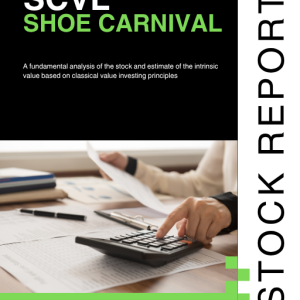
The US GAAP (Generally Accepted Accounting Principles) was created to match revenues with expenses, and standardize reporting across all companies in all industries and sectors, but often the results can be misleading. Additionally, it introduces opportunities for the management to “smoothen” things out to keep the Wall Street happy. As a result, investors end up doing a lot of reading between the lines to get a clear picture of the business.
The Illusion of Earnings and the Reality of Cash
Earnings per share (EPS) is the headline number that Wall Street obsesses over, but does it really tell you how much money a company is making? As a value investor, you know that reported earnings can be manipulated by accounting choices, while free cash flow (FCF) represents the actual cash available to shareholders. The difference between these two metrics can mean the difference between a bargain investment and a value trap.
In this article, we’ll break down the key differences between earnings and free cash flow, expose common accounting tricks, and determine which metric should command your attention when evaluating investments.
What Are Earnings? The Accounting Profit That Can Lie
Before we compare, let’s define what earnings really are and how they can mislead investors.
Earnings, or net income, is a company’s profit after subtracting all expenses from revenue in any given time period. All public companies operate on accrual basis of accounting, and therefore match the expenses to the revenue that occurred in the time period.
For example, a company cannot expense all the amounts paid to purchase inventory in a quarter for that quarter. A part of that inventory was eventually sold, either by itself or as part of a finished good. Only the portion that corresponded to a sale is counted as expense – the remaining inventory investment accrues as inventory asset.
I used inventory as an example, but there are a large number of such accruals. Expenses may accrue but they are not paid out. Revenue can accrue but the payment may not yet be received. A company can invest a significant sum in property or equipment, but they can only expense it a small portion of this investment every year based on a depreciation cycle (that matches the useful life of the property or equipment to the $s invested).
While there are specific rules around how all these are treated in accounting, the companies do get creative when managing depreciation schedules, accruals and non-cash charges to smooth out their earnings.
If you have been paying attention to earnings reports, you would have noticed something curious. More and more companies today report GAAP earnings (which they are legally required to) and Non-GAAP earnings. Non-GAAP earnings often exclude one time expenses, ostensibly to show how the business would have performed if they had chosen to do this mighty capital investment at a different time. This makes profitability seem higher than reality – and you shouldn’t really be excluding one-time expenses completely because these investments are necessary to maintain or grow the business.
Warren Buffett prefers to use owner earnings (a variant of free cash flow) over reported net income as it reflects true cash generation.
While earnings can be a useful measure, they are often padded with accounting gimmicks. Now, let’s turn to a more tangible indicator of a company’s financial health—free cash flow.
Free Cash Flow: The True Measure of a Company’s Cash Power
If earnings are an accounting construct, free cash flow is the hard cash a company generates. Cash flow is very hard to fake, unless there is an out and out fraud.
Definition: Free Cash Flow = Operating Cash Flow – Capital Expenditures (CapEx).
Cash flow determines a company’s ability to pay dividends, cover interest payments, pay down debt, repurchase shares and reinvest for growth. A company may also choose to save a part of the cash flow for its rainy day fund, or to fund future capital expenditures.
A company with high earnings but weak free cash flow may be burning cash just to sustain their operations. It is easy to generate every growing revenue and even earnings per share by over spending on advertising or marketing activities. Some companies resort to taking on debt to afford to make dividend payments, although their income statement shows strong earnings.
If you see a company consistently report strong earnings, but weak or negative free cash flow, it may be manipulating earnings or spending too aggressively on CapEx. It could be a classic value trap.
Understanding the importance of free cash flow is crucial, but how do we determine which metric should take priority when making investment decisions?
When to Focus on Earnings vs. Free Cash Flow
Different businesses have different capital structures and reinvestment needs, making it important to analyze these metrics in context.
| Scenario | Focus on Earnings? | Focus on Free Cash Flow? |
|---|---|---|
| Asset-light businesses (software, services) | Moderate importance | High importance |
| Capital-intensive businesses (manufacturing, utilities) | Less reliable due to high depreciation | More reliable |
| High-growth companies | Watch for non-cash adjustments | Crucial for sustainability |
| Highly cyclical businesses | Can be volatile and misleading | Helps reveal cash generation in down cycles |
Earnings work best when a company has stable, predictable margins and minimal capital expenditure needs. Free cash flow is generally a better metric to track for capital-intensive companies with depreciating assets, frequent and significant one-time expenses, etc.
With this framework in mind, let’s look at the key financial metrics that help investors determine true value.
Key Metrics for Evaluating Earnings and Free Cash Flow
Not all earnings or cash flows are created equal. There are a number of ways to find quality companies using earnings and free cash flow metrics. Here’s how to identify the strongest companies:
Adjusted Earnings Quality Metrics
Return on Invested Capital (ROIC) measures how efficiently a company generates profit relative to capital invested. You could take a look at Earnings Yield, which is an inversion of the P/E ratio. It suffers from the same shortcomings as P/E ratio, but it gives you a different way of interpreting earnings. Also consider Debt/Equity ratio to ensure that the earnings are not artificially inflated by excessive leverage.
Free Cash Flow Strength Metrics
FCF Yield (FCF / Market Cap) shows how much cash the company generates relative to its valuation. FCF Conversion Ratio (FCF / Net Income) shows earnings quality. A higher ratio is better, a low ratio can indicate aggressive accounting. If Operating Cash Flow / Net Income Ratio is much lower than 1, earnings might be artificially inflated.
These metrics give a clearer picture of a company’s true profitability, but ultimately, the free cash flow is more important for value investors.
The Verdict: Which One Matters More?
For a value investor, free cash flow is far more important than reported earnings. Earnings can be manipulated by the management by choosing how they want to do accounting. Free cash flow represents cash available for the investors and is harder to misrepresent.
Additionally, businesses that consistently generate strong free cash flow tend to outperform over the long term. These businesses also have stronger shareholder orientation than businesses who live to manage their quarterly earnings report for Wall Street’s sake.
Bottom Line: Follow the Cash
When analyzing an investment, always prioritize free cash flow over net income. Companies that generate sustainable and growing free cash flow are the true wealth-building machines.
“Earnings tell a story, but free cash flow writes the ending.”
When in doubt, follow the cash—it’s the best way to separate true value from accounting smoke and mirrors.
Featured products

Shailesh Kumar, MBA is the founder of Astute Investor’s Calculus, where he shares high-conviction small-cap value ideas, stock reports, and investing strategies.
His work has been featured in the New York Times and profiled on Wikipedia. He previously ran Value Stock Guide, one of the earliest value investing platforms online.
Subscribe to the Inner Circle to access premium stock reports and strategy insights.
Featured in:











